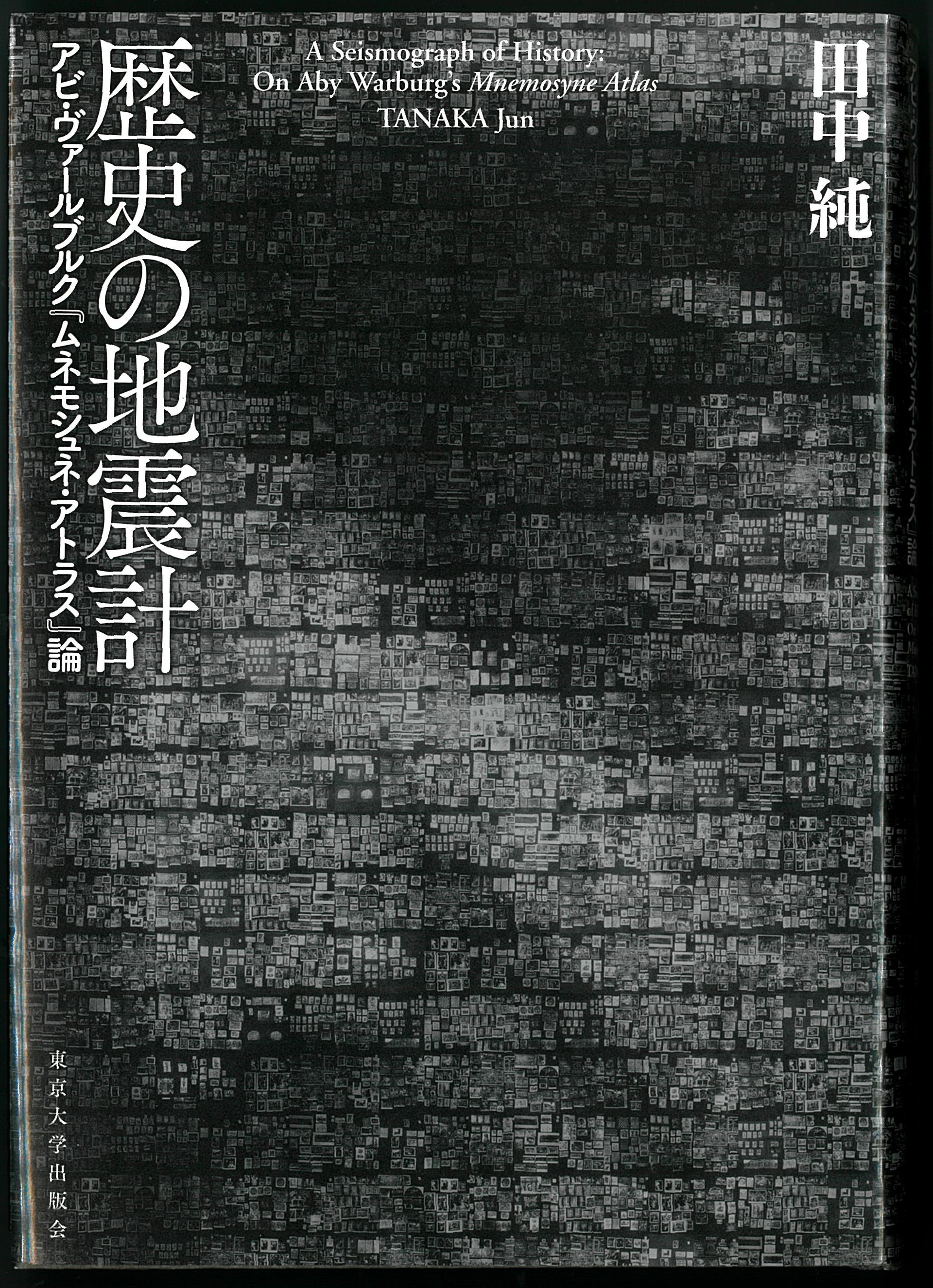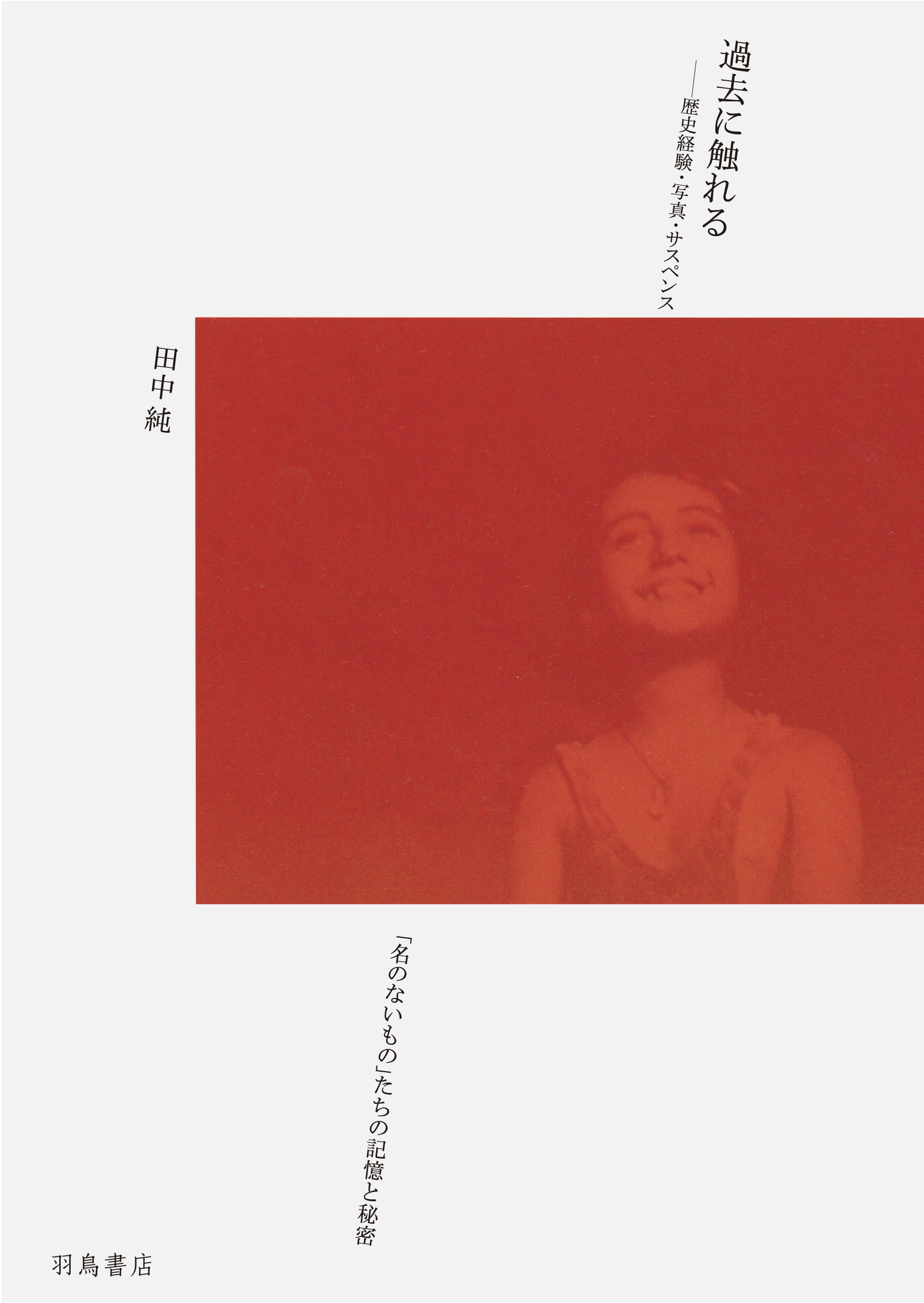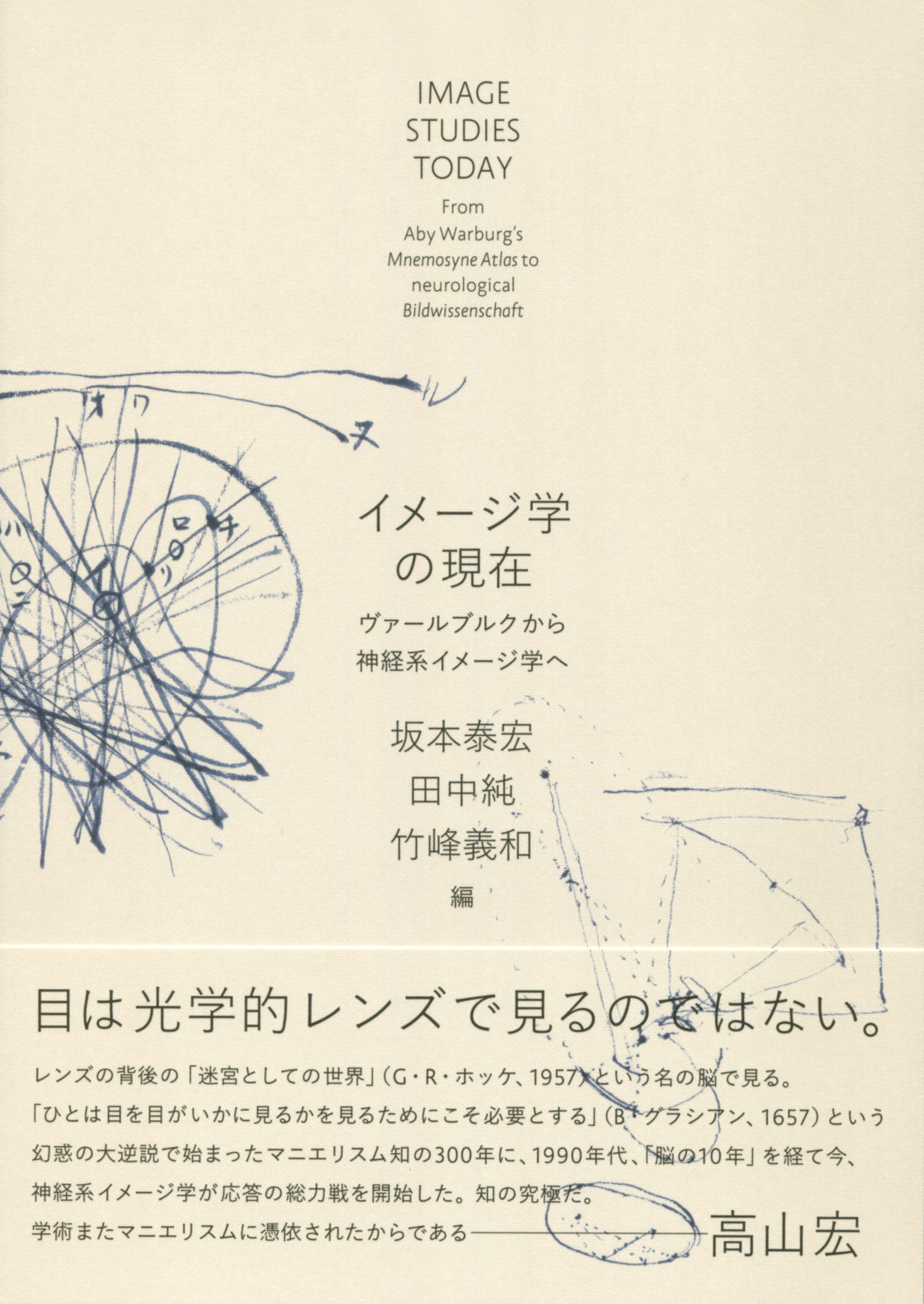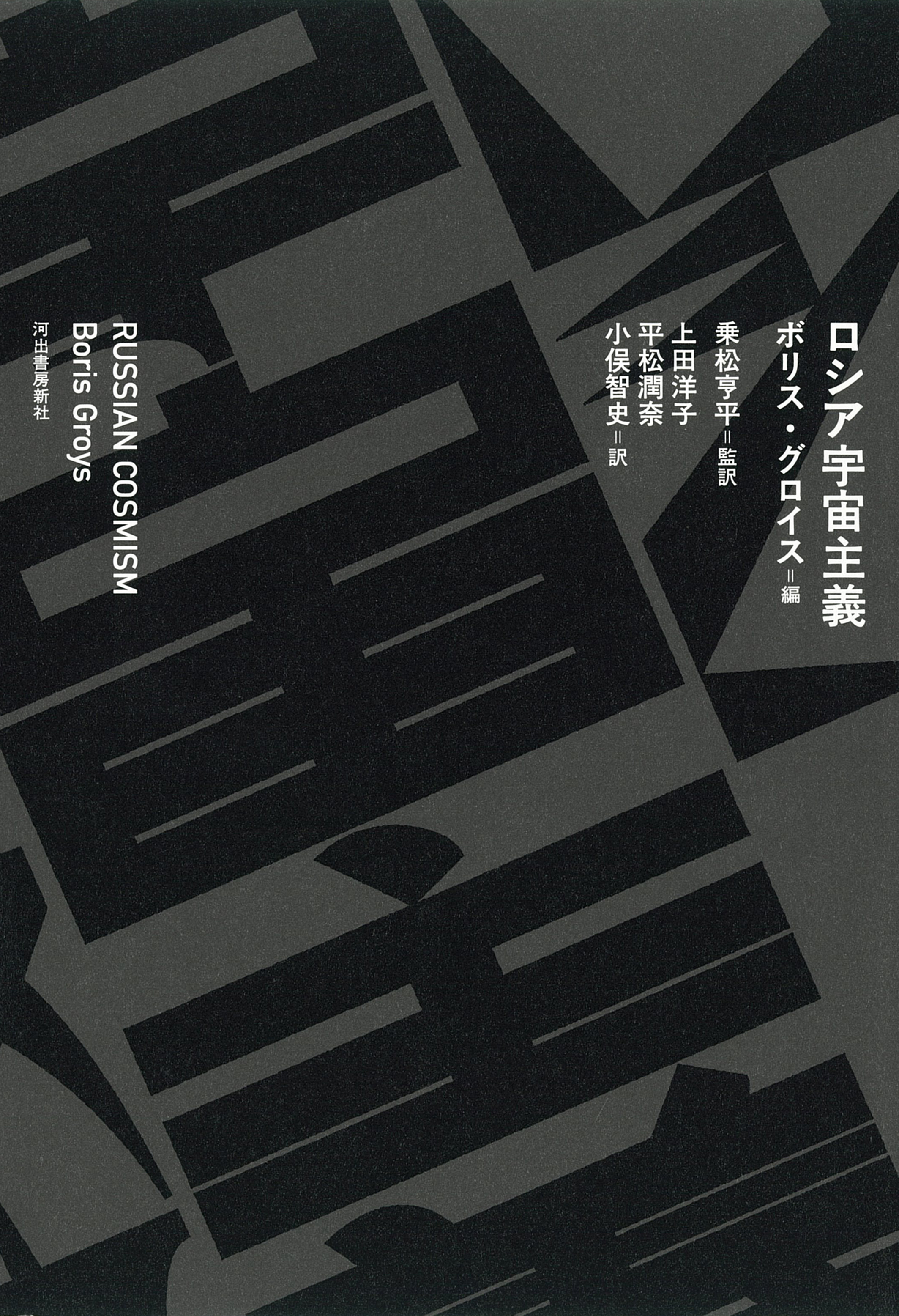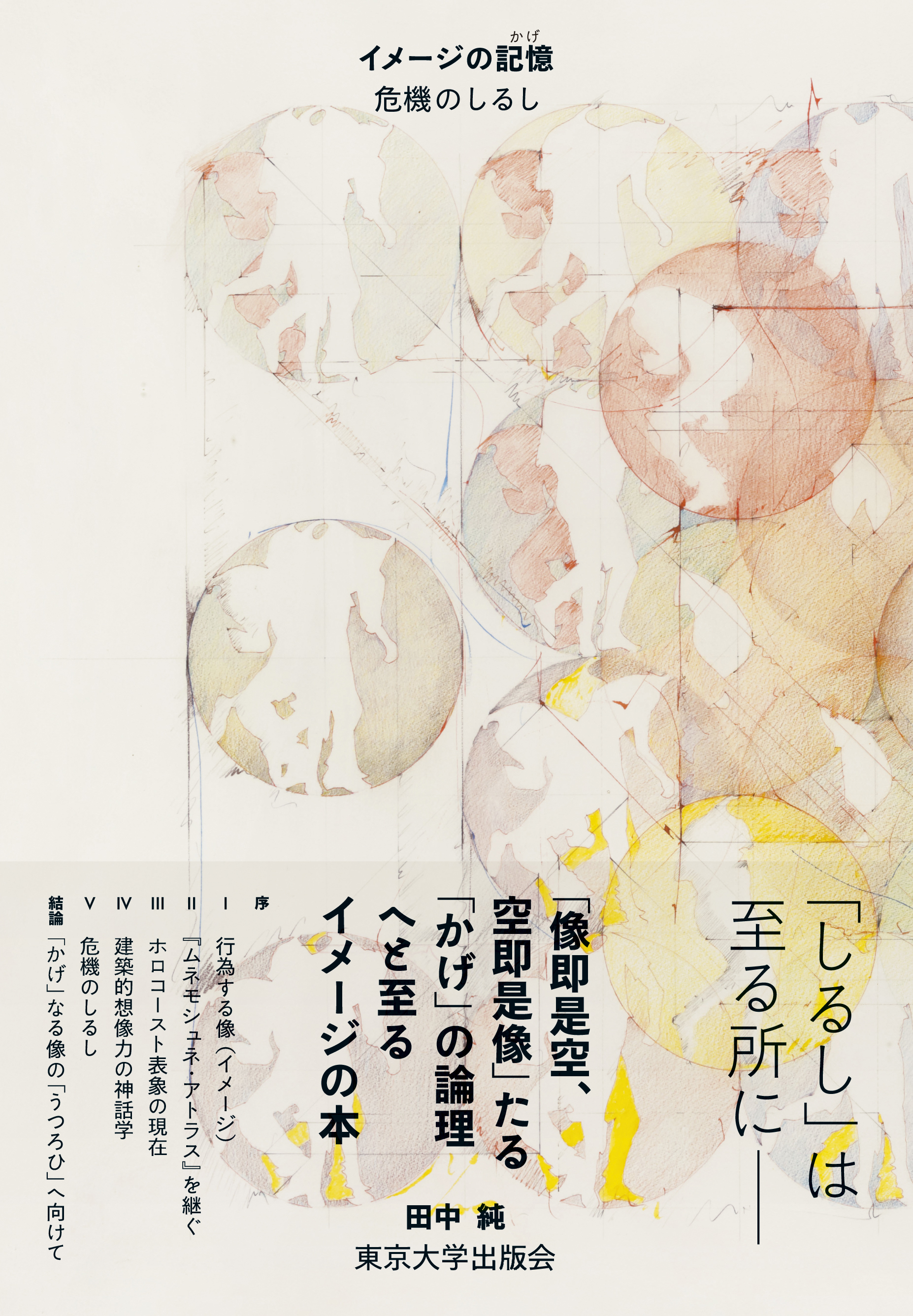
Title
Image no Kage (Memories (kage [Shadows]) of Images - Signs of Crises)
Size
360 pages, 127x188mm
Language
Japanese
Released
May 02, 2022
ISBN
978-4-13-010152-3
Published by
University of Tokyo Press
Book Info
See Book Availability at Library
Japanese Page
This book is a collection of recent discussions by the author on image studies. In addition to the theoretical investigation of mental images and objects that are referred to as “images,” image studies in this book encompasses the concrete analysis of “images” in the broad sense from works of art, movies, architecture to archaeological artifacts and drawings in the natural sciences.
Part I of the book comprehensively explores the theories of image studies scholars such as the German Horst Bredekamp, French Georges Didi-Huberman, and Russian Boris Groys, whose theories are typically not discussed in relation to each other. The foundation of Bredekamp and Didi-Huberman’s theories is the thought of the 20th century German cultural historian, Aby Warburg, whom the author has researched for many years. Particularly important is the Mnemosyne Atlas, a project that Warburg worked on in the late years of life consisting of a series of image panels that attempts to map several thousand years’ worth of “memories of European images.” Part II compiles the author’s most recent investigations of this project.
Part III analyzes movies and works of art whose subject is the Nazi Holocaust from the standpoint of image studies explored in Part I. Part IV presents a discussion of architecture that entails the interpretation of various mythical images that appears as part of the exercise of imagination that creates architectural space. Part V analyzes caricatures of Trump and monster movies such as Shin Godzilla as images expressing the political and social crises from the rise of the Trump administration in the United States to the COVID 19 pandemic and reveals the multilayered historical memories in the background of these crises.
In contrast to Bredekamp who, based on an analysis of iconoclasm (rejection of religious images), argues that a structure entailing the “negation of negation of images” lies at the root of western visual culture, this book invokes the concepts of “nothingness” and “emptiness” in literature and philosophy as a means to surpass this “negation of negation of images” model. In the conclusion, by examining a concept of “kage (shadow)” in Japanese, the author proposes a model of an image that is inextricably linked to nothingness and emptiness. Such images as “kage (shadows)” represent both “utsu (emptiness)” and the “utsutsu (real);” and “utsurou (transform)” into and “utsusu (reflect)” other images.
The book’s subtitle Signs of Crises was chosen because images, which are the subject of this book, have a mysterious nature: they serve as ambiguous, faint indications while serving as striking omens of crises. The same applies to the word “kage (shadow)” added in parentheses after “memory” in the book’s title. The book seeks to reveal the secret of images that affect us by appearing while remaining hidden in this manner.
(Written by TANAKA Jun, Professor, Graduate School of Arts and Sciences / 2022)



 Find a book
Find a book


 eBook
eBook